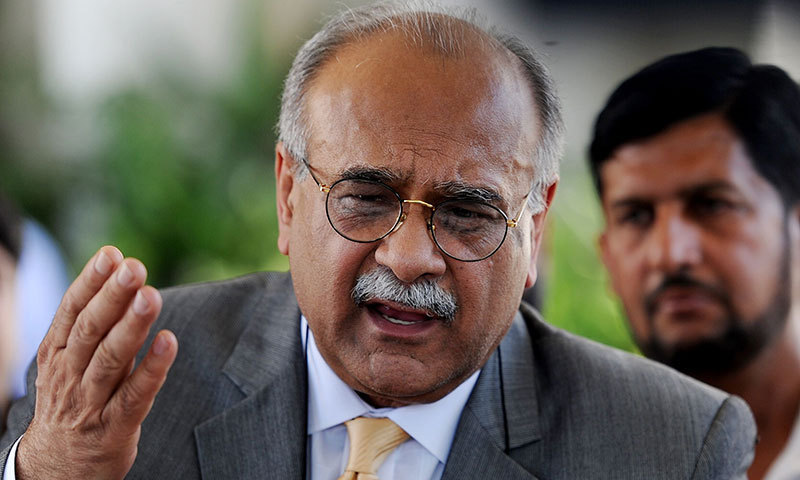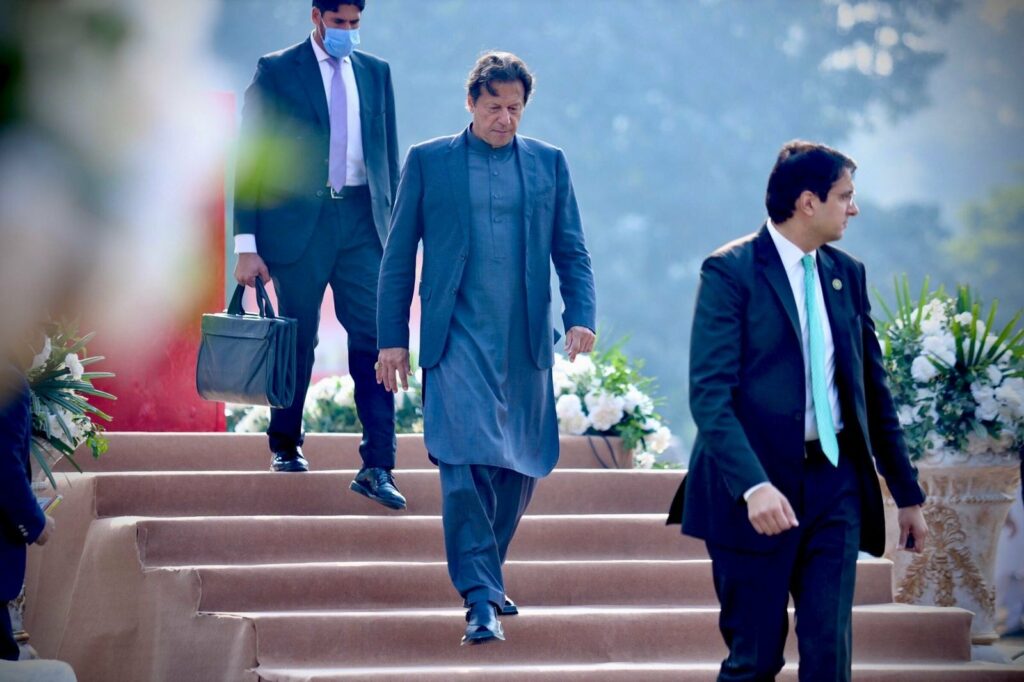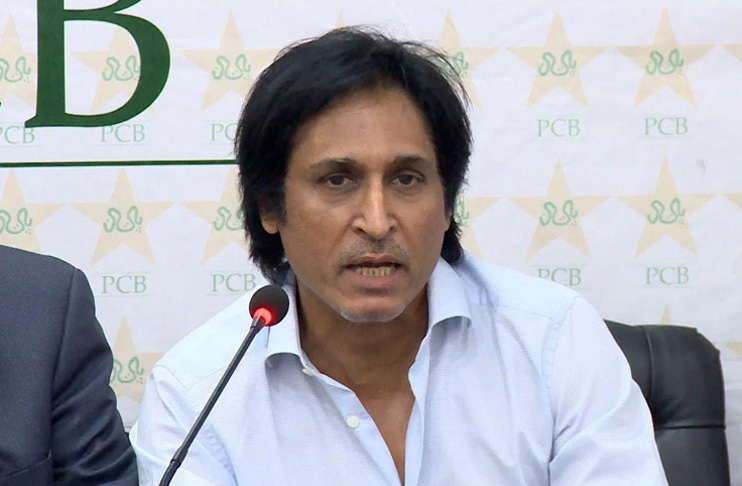The position of Pakistan Cricket Board chairman Ramiz Raja has become unstable as a result of the ongoing political turmoil in Pakistan, following former prime minister Imran Khan’s resignation. Khan’s position was uncertain for an extended period of time as the opposition parties came together to oust the 1992 World Cup-winning captain via a vote of no confidence.
Raja took up the position as the chairman of the PCB just about a year ago, and is known to be a Khan loyalist, having played most of his career under the legendary all-rounder’s captaincy.
Khan initially tried to strike down the no-confidence motion but was unable to do so, eventually losing his post as Pakistan premier. His party, Pakistan Tehreek-e-insaaf, saw its ruling legislators resign en masse as the entire party was brought to its knees across the country.
Imran’s spot will be taken over by Shahbaz Sharif, the brother of disgraced former PM Nawaz Sharif, whose coalition looks to execute a cabinet overhaul. Although the PCB is not very high in the scheme of things, it is understood that changes will be made in the cricket board as well.

Raja is extremely unlikely to save his job in such a scenario, with Najam Sethi, who has been in charge between 2013 and 2014, most likely to take over from Raja, given his close connections with the Sharif family. It is assumed that Sethi is closer to Nawaz than Sharif, but that is not believed to be a stumbling block for either party.
Khan was removed from power on April 10, and developments on various fronts have already taken place for the coalition in the short time for which they have been in charge. Apart from Sethi’s imminent arrival as PCB chief, various other structural changes to the Pakistani domestic circuit are being discussed, such as the reinstatement of departmental sides such as the SNGPL and PIA in the domestic competitions.

Another change being debated is the restructuring of the domestic competitions back on regional lines, a system that was just a couple of years ago done away with by Khan. He proposed a new structure to the board, where he wanted to replicate the system that the Australians use in their domestic tournaments. Khan divided the teams along provincial lines, something that the new management will apparently look to revert back to the earlier model.
Legally speaking, the PCB boss is appointed essentially by the prime minister, who elects two members into the governing board, who, in turn, elect the chief. However, it is believed to be a mere formality, and the prime minister all but hand-picks the PCB chairman.
Additionally, there is no provision in the constitution that allows prime ministers to oust a sitting chief. Getting rid of the chairman formally requires a no-confidence motion, which is to be approved by three-quarters of the governing council.
In practice, nevertheless, this sort of situation rarely happens. If the PM does not want an incumbent chairman to continue, it has become common practice for the chief to himself step aside as soon as someone with an opposing view becomes prime minister. A coincidental case in point happens to be Sethi himself, who stepped down as chairman in 2018 after Khan came to power. Khan subsequently chose Ehsan Mani for the post.
There has been a disagreement in recent times as well when ex-PCB boss Zaka Ashraf refused to resign in 2014. Sharif stepped in, revoking the board and forming a super-committee to oversee the management of the board before giving the job to Sethi, which led to an extended legal battle between Sethi and Ashraf.


